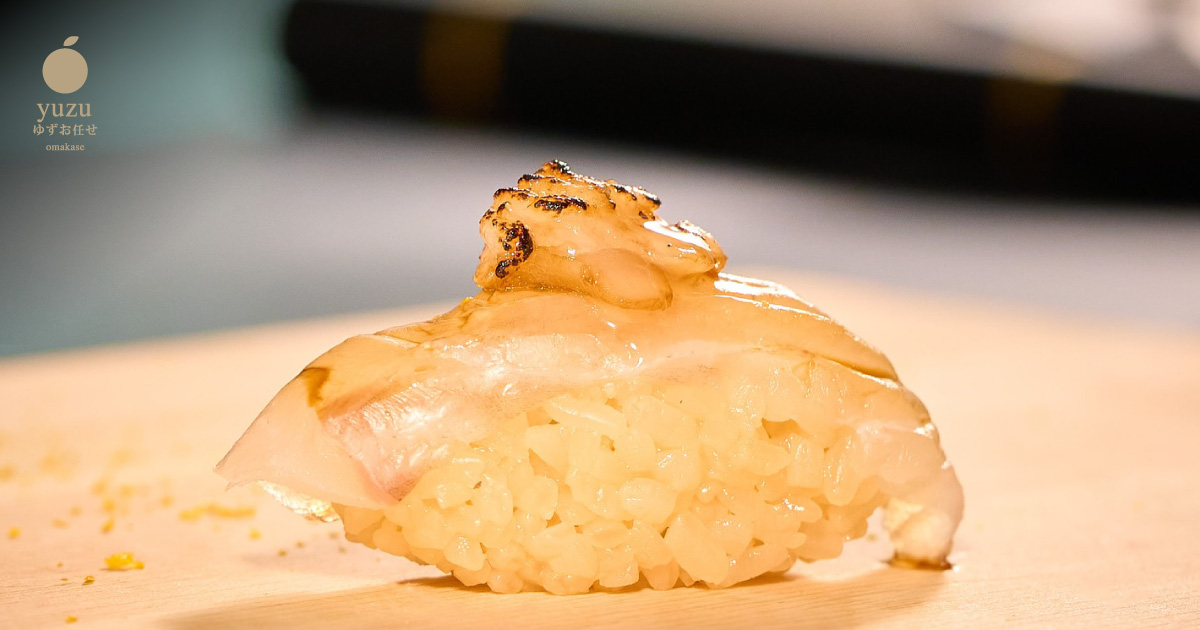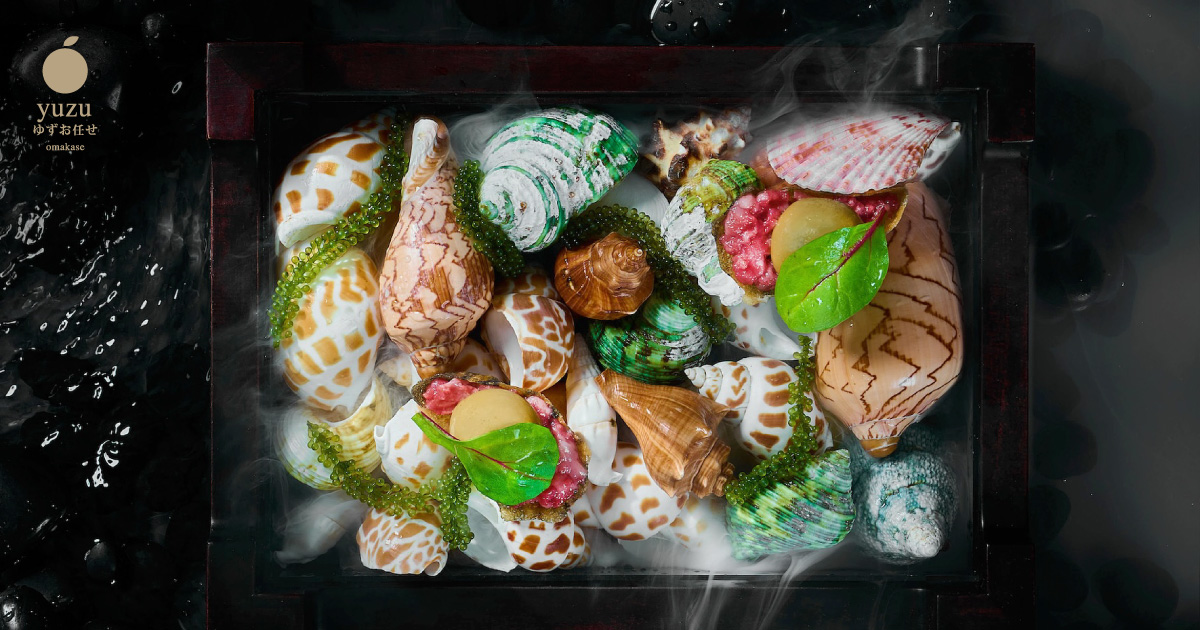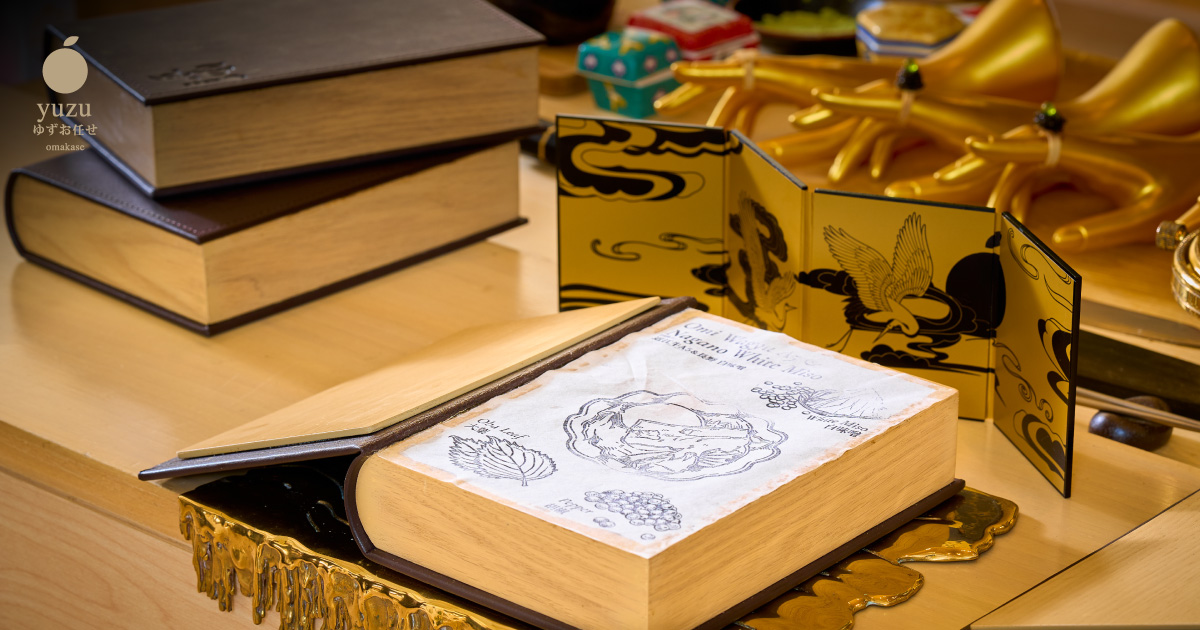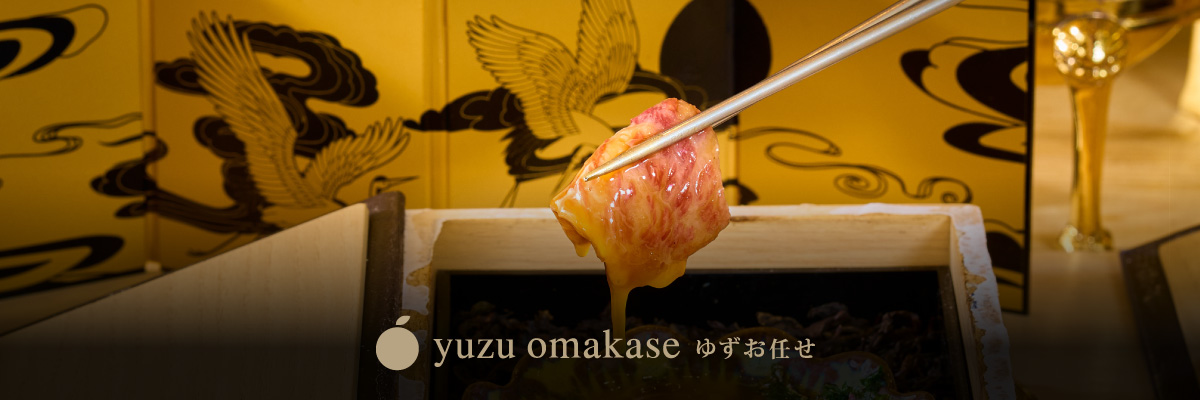
The Tradition of Omakase: From Japan to Bangkok
Introduction: The Art of Omakase The word omakase translates to "I leave it up to you," a phrase that perfectly encapsulates the trust diners place in a chef to deliver an exceptional culinary experience. Omakase is not just a way of dining—it is an art form rooted in Japanese food culture, where the chef personally curates a multi-course meal based on the freshest seasonal ingredients available. The tradition of omakase is about more than just eating; it’s about the connection between the chef and the guest, and the mutual appreciation for the craft of sushi making.
The World ● 2024 Sep 28
The Tradition of Omakase: From Japan to Bangkok
Today, omakase has gained popularity far beyond Japan, with world-class omakase restaurants appearing in cities across the globe. Bangkok, with its vibrant culinary scene, has become a top destination for food lovers seeking the authentic omakase experience. At Yuzu Omakase, located in the heart of Siam Square, we proudly carry on the tradition of omakase dining while infusing it with modern touches that cater to both the seasoned diner and those new to the experience. In this article, we trace the history and evolution of omakase dining from its humble beginnings in Japan to its contemporary expression at Yuzu Omakase in Bangkok.
1. The Origins of Omakase in Japan

Omakase has its roots in Edo-period Japan (1603–1868), where sushi was first developed as a form of fast food for busy city dwellers in Edo (now Tokyo). The early form of sushi, known as edomae-zushi, was often sold at stalls or small eateries along the streets, where customers could grab a quick bite of rice topped with fresh fish. The fish was typically marinated or preserved to ensure it lasted without refrigeration.
In these early sushi stalls, there were no menus to choose from. Instead, diners would simply sit at the counter and trust the chef to prepare the best of what was available that day. The term "omakase" emerged from this tradition, as patrons would say "omakase shimasu," meaning "I leave it up to you." This established a close relationship between the chef and the diner, with the chef’s expertise determining the selection and preparation of each dish.
Over time, this simple style of sushi dining evolved into the more refined and formal omakase experience that we know today, where the chef not only selects the ingredients but also decides the order and pace at which each dish is served.
2. The Core Principles of Omakase Dining

The omakase experience is built on a few core principles that remain central to the dining style, both in Japan and around the world. These principles are:
Trust in the Chef
When you choose omakase, you are placing your trust in the chef to create a meal that showcases the best ingredients available. There is no predetermined menu; instead, the chef designs each course based on what is fresh, in season, and of the highest quality. This trust forms the foundation of the omakase experience, as diners are encouraged to explore new flavors and ingredients chosen by the chef.
At Yuzu Omakase, we take pride in sourcing the finest seasonal ingredients, both locally and from Japan. Our chef carefully crafts each dish to highlight the natural flavors of the ingredients, offering our guests a dining experience that is both unique and unforgettable.
Seasonality and Freshness
The concept of shun, or seasonality, is fundamental to Japanese cuisine and is especially important in omakase dining. The chef’s menu changes with the seasons, reflecting the availability of the freshest fish, vegetables, and other ingredients. This ensures that each meal is not only flavorful but also aligned with nature’s cycles.
At Yuzu Omakase, we embrace this tradition by offering a menu that evolves throughout the year. Whether it’s fresh uni in the summer or matsutake mushrooms in the autumn, we celebrate the natural bounty of each season through carefully crafted dishes.
Chef and Diner Interaction
One of the most distinctive aspects of omakase dining is the direct interaction between the chef and the diner. In an omakase restaurant, diners are typically seated at a sushi counter, where they can watch the chef prepare each dish right in front of them. This personal interaction allows the chef to gauge the diner’s preferences and adjust the meal accordingly. It also gives the diner a front-row seat to the artistry and skill involved in preparing each course.
At Yuzu Omakase, our sushi counter offers guests the opportunity to engage with the chef, learn about the ingredients, and experience the meticulous attention to detail that goes into each dish.
3. The Globalization of Omakase: From Japan to the World

While omakase dining began as a humble practice in the streets of Edo, it has since spread across the globe, becoming a symbol of Japanese fine dining. Today, omakase restaurants can be found in major cities worldwide, from New York to London, and now, in Bangkok.
As the world’s interest in sushi grew, so did the appeal of omakase. High-profile chefs brought their skills to international markets, where they introduced diners to the beauty and simplicity of traditional Japanese cuisine. These chefs maintained the core principles of omakase while adapting it to local tastes and incorporating new ingredients and techniques.
Bangkok, with its dynamic food culture and international influence, has embraced omakase dining as part of its diverse culinary scene. As more travelers and locals seek out authentic Japanese dining experiences, omakase restaurants have gained popularity for their commitment to craftsmanship and their emphasis on seasonal ingredients.
4. Omakase Dining at Yuzu Omakase: Tradition Meets Modernity

At Yuzu Omakase, we are proud to continue the tradition of Japanese omakase dining while adding our own modern interpretation. Our chef combines the timeless principles of omakase—trust, seasonality, and precision—with contemporary techniques and flavors, creating a dining experience that appeals to both purists and those seeking something new.
A Carefully Curated Menu
Like traditional omakase, our menu at Yuzu Omakase changes regularly to reflect the availability of seasonal ingredients. Each meal is a journey through the best that nature has to offer, with the chef designing each course to highlight the unique flavors and textures of the ingredients. Whether you’re enjoying fresh sashimi, nigiri, or specialty dishes like premium wagyu beef, each course is a reflection of the chef’s creativity and expertise.
The Sushi Counter Experience
One of the key elements of omakase dining is the sushi counter, where diners can watch the chef at work. At Yuzu Omakase, our sushi counter offers an intimate and engaging dining experience. Guests are seated directly in front of the chef, allowing for personal interaction and a close-up view of the craftsmanship behind each dish.
This setting creates a deeper connection between the diner and the food, as each course is served with care and attention to detail. The sushi counter also allows the chef to adjust the menu based on the diner’s preferences, making the meal a truly personalized experience.
A Fusion of Tradition and Innovation
While we honor the tradition of omakase, we also believe in innovation. At Yuzu Omakase, our chef incorporates modern techniques and ingredients that add a contemporary twist to classic dishes. This fusion of tradition and modernity is what sets our omakase experience apart, offering diners a fresh take on Japanese fine dining.
5. The Future of Omakase Dining in Bangkok

As omakase continues to grow in popularity, the future of this dining tradition looks bright, particularly in cities like Bangkok, where the culinary landscape is constantly evolving. At Yuzu Omakase, we are excited to be part of this movement, offering guests an authentic yet innovative omakase experience that reflects the rich history of Japanese cuisine.
By staying true to the core principles of omakase—seasonality, trust in the chef, and the use of the finest ingredients—we aim to continue elevating Bangkok’s omakase scene, attracting both local food enthusiasts and international travelers who seek the best in Japanese dining.
Conclusion: Experience the Tradition of Omakase at Yuzu Omakase
The tradition of omakase has come a long way from its humble beginnings in the streets of Edo to the global stage it now occupies. At Yuzu Omakase, we are honored to carry on this legacy, offering a dining experience that combines the best of traditional Japanese craftsmanship with modern innovation.
Whether you are new to omakase or a seasoned sushi lover, dining at Yuzu Omakase is an opportunity to immerse yourself in the history, culture, and artistry of Japanese cuisine. Book your seat online today and experience the best of omakase dining in Bangkok.

RELATE
-
Sushi Diplomacy: How Sushi Thailand Bangkok Unites Cultures Through Cuisine
At Yuzu Omakase Thailand, sushi is more than a delicacy. It’s a shared language. A symbol of harmony between cultures, and a bridge that brings East and West to the same table in the heart of Siam Square, Bangkok.
The World ● 2025 Jun 23







